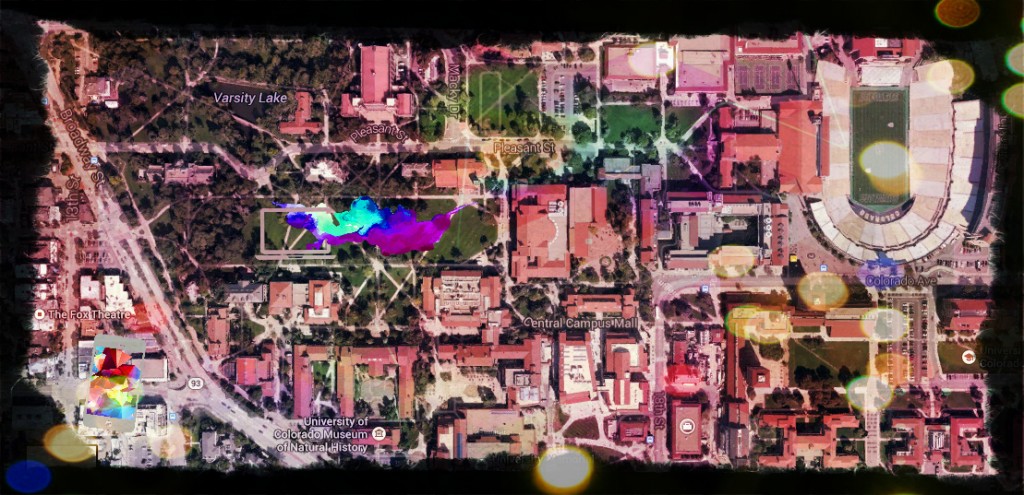Stage III Assemblage Testimony
Project: “MemeMorial”
Participatory Assemblage — Network Oracle
F 12-Dec Studio Project Workshop — Works-in-Progress
- Due project in-progress:
site re-formatted; assemblage testimonal composed (10–20 entries + tags); emblem draft (sketch or collage images)
- Activity: peer feedback (digital rhetoric: arrangement/organization) & tech support
— discuss: multimodal composing (narrative, information, expression) + effects; working in Electracy;
design software + techniques
- e.g. Pixlr for emblem collage & editing images (in testimonial)
— other media uses? (audio/video?) * custom GIFs: applications
- Brainstorm/Discuss: remaining components (emblem, peripheral, oracle interface); participatory poetics for MemeMorial (“public pedagogy”?) & network rhetoric
— on-going discussion: Q&A before/during/after class in comments
» Due (S 13-Dec) Project 3
- Sections: Emblem, Testimonial, Peripheral, Materials (page)
— Poetics & Reflection pages due S 14-Dec (see prompts)
“The MEmorial shows us not our fate, but our situation. The Internet is a living monument. The EmerAgency offers a practice for a virtual civic sphere that does for the imagination what statistics does for the intellect.” (Ulmer p.176)
“A goal of electracy”: “to do for the community as a whole what literacy did for the individuals within the community. Could a community go to school collectively? […] The Internet is the place of this scene of instruction,
and the EmerAgency provides the pedagogy for group subjects.” (Electronic Monuments xxvi)
-
“A monument does not commemorate or celebrate something that happened but confides
to the ear of the future the persistent sensations that embody the event:
the constantly renewed suffering of men & women, their re-created protestations, their constantly resumed struggle.”
— Deleuze & Guattari, What is Philosophy? (p. 176)


notes 12/12/14
Peripheral
–Place + ?
–Pick a location
–Proposal
–What is your proposal?
Example:
Ulmer
Traffic fatalities — sirens + number
–More than just showing the problem
–What is the collective conversation?
–Place + internet/communication technology
–Want to use a popular behavior and localize it
ex. hashtags, tweets, comments, etc
–What are people searching for?
–Popular behavior
ex. Papenheimer(sp?)
–Memes
–Videos (views)
–Twitter feed
Propositional
–why
–where
–what
–what would be the effect
–Revelas blindspot/sacrifice
–Imagery
–Place plus interface
–Page with as much description as you can envision
–Images +emblem
“What makes the dromosphere so challenging is that it requires the invention of a new mode of governance. The rhetorical skills of deliberate reason within a public sphere that made democracy possible were inventions of literacy, and are not necessarily sustainable within electracy.
The time of decision, the civic process of critical analysis and persuasion through argumentation, is a luxury we do not have in the conditions of Right Now. We need a rhetoric that is forensic, epideictic, and deliberative at once. What happened, who is responsible, and what do we do now?
This is the point of departure for flash reason, the image logic of concept avatar, responsible for introducing measure into Tartarus. Avatar logic is as compressed as the compression ratios of the equipment supporting it.
An apparatus is not only equipment, but also practices of thinking developed within emerging institutions, and behaviors of identity (individual and collective).” (pp. 88–9)
— Ulmer, Avatar Emergency